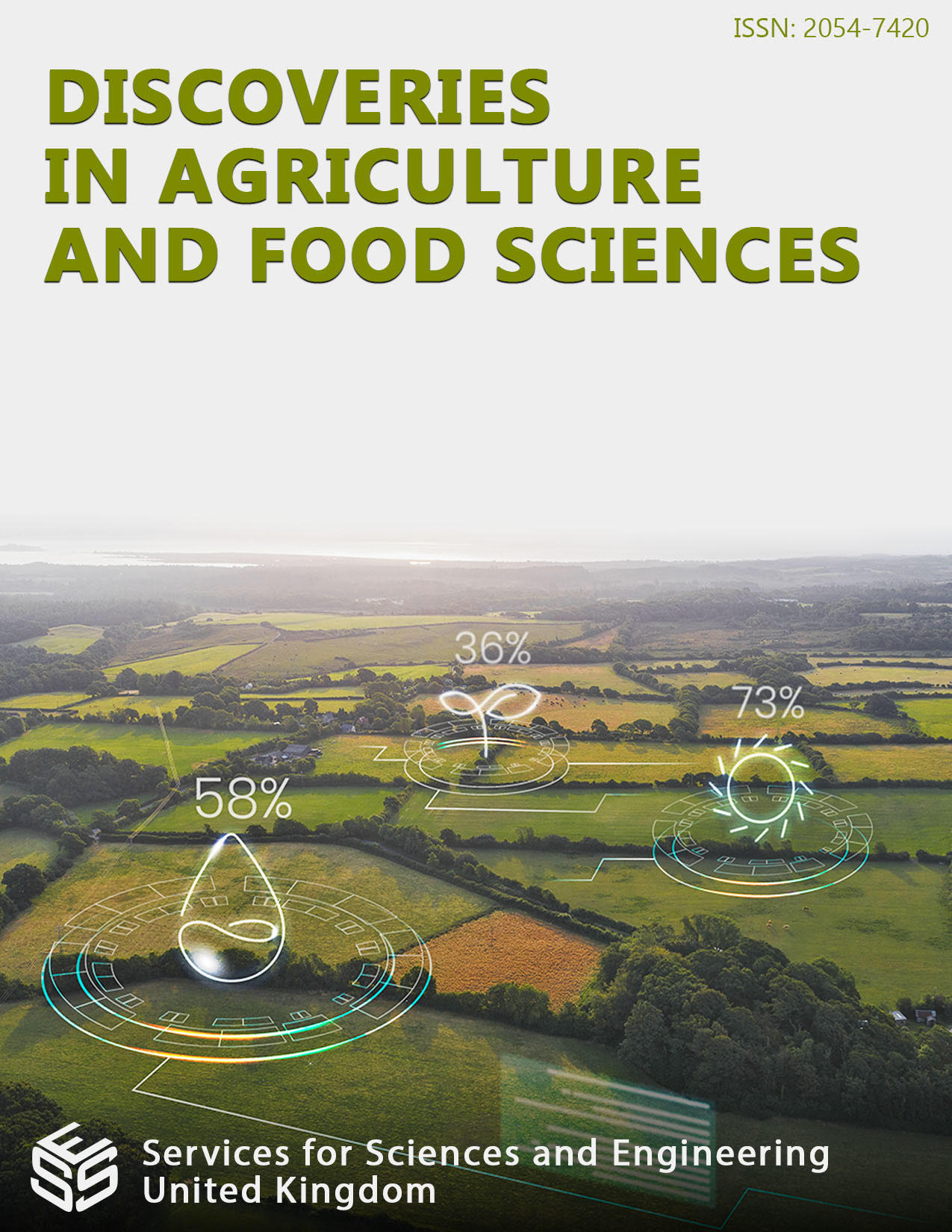On Farm Evaluation of Low-Cost Drip Irrigation on Water and Crop Productivity Compared to Conventional Hand Watering System
DOI:
https://doi.org/10.14738/tnc.105.14374Keywords:
low-cost, drip irrigation, water harvesting, water use efficiency , TomatoAbstract
The efficient use of water is seen as a key to crop production in semi-arid and arid areas of Ethiopia. For smallholder farmers, low-cost drip irrigation systems provide a means of maximizing return on their cropland by increasing the agricultural productivity per unit of land; and through increasing cropping intensity during the dry season. The experiment was conducted in 2019-2020 cropping seasons in moisture deficit areas of Goro district Nere Negaya peasant association (PA), Southeastern Ethiopia. The study was conducted to evaluate and demonstrate low-cost drip irrigation system in moisture deficit areas and increase the productivity of farmers using harvested water with drip irrigation technology. The runoff water during rainy season was collected stored in the lined farm pond (Capacity of 60m3 ) with geomembrane then the water was lifted manually to water tanker for drip. Low-cost drip set which operates with gravity installed at 1m height above the ground level to supply water for the crop was obtained from Maki Batu Farmer Union. The highest Tomato yield of 40.8 t ha-1 which is 64.8% higher over farmer practice was recorded under drip Irrigation with recommended practice at the study area. Whereas Conventional hand watering with recommended management practice gave the Tomato yield of 31.7 t ha-1 (28%) Over farmer practice. The highest water use efficiency(3.76kg/m3) was obtained from Drip Irrigation with recommended managements and saves 10% water over farmer practice and lowest water use efficiency (2.06 kg/m3) was obtained from farmer practice. Consequently, an economic analysis shows that there is a significant difference, in terms of net income, between the various Irrigation method. Tomato was more valuable with Drip Irrigation, compared to hand watering and farmer practice. It can be concluded that Low-cost drip Irrigation with recommended management practice, saves labour and time and it provides uniform irrigation for Tomato production.
Downloads
Published
How to Cite
Issue
Section
License
Copyright (c) 2023 Chala Chimdessa Goshel, Negash Bedaso Dalecha

This work is licensed under a Creative Commons Attribution 4.0 International License.






